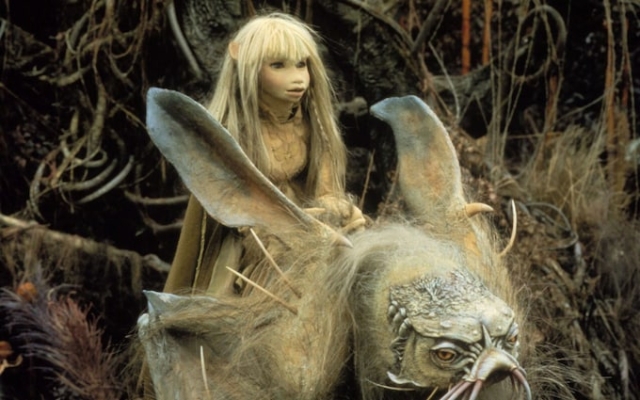 Kira in The Dark Crystal, 1982 By Alami
Kira in The Dark Crystal, 1982 By Alami
«Jim always felt he could do the impossible — says Frank Oz about his friend, the late Jim Henson. Four decades ago, the Dark Crystal seemed to be just that: impossible.
A phantasmagoric puppet project on a scale never seen before, it was a film that took hundreds of people and years to make; it confused many who watched it; but this, 41 years after its release, retains a legion of fans, some of whom loved it so much they turned it into a Netflix prequel series and now a major dance production. How was this groundbreaking film born?
The action of The Dark Crystal takes place on the planet Thra, where many strange creatures live: skeksis — corrupt, reptilian, bird-like animals; garthim — black crab-like creatures used by the Skeksis for destruction; the mystics are kind, long-haired hippies who roam the earth with six limbs; Gelflings, as the name suggests, are similar to elves; The Pods are a small agrarian race, skilled in music; and Landstriders are gentle 20-foot creatures that run at the speed of the wind.
The Mystics and Skeksis were created by the shattering of the namesake crystal, which the young Gelfling named Jen — and the Kira he meets along the way must be healed before than the three suns of Thras will align. If they don't, the Skeksis will rule forever. It's a crazy movie.
Part of the inspiration for The Dark Crystal came from award-winning fantasy illustrator Brian Froud. The first painting Froud did after moving from Soho to Devon was of a troll with a waterfall running down the tip of its nose. Seeing him on the cover of Amy Weinstein's Once Upon a Time, Jim Henson was duped into asking Froud to visit him at Elstree Studios, where The Muppets were filming.
“I distinctly remember walking into that big, dark studio,” says Froud, “and there, in the corner, far away, was a magical pool of bright light where The Muppets were filmed. And most of all I remember not only the color, but also the laughter. Everyone laughed.» Froud fell in love — «with all the fabric, fur and feathers» — and couldn't help but star in the movie.
< p>Associate producer Duncan Kenworthy also recalls the early days. He had just returned from Kuwait, where he was directing the Arabic version of Sesame Street, when his boss asked him to introduce Henson to what Kenworthy describes as the «terrible» new Sesame Street. The puppeteer was impressed with him, if not with the idea itself.
They arranged to meet at 1B Downshire Hill, the former post office where Henson lived. It was a beautiful day, so Henson suggested walking down Hampstead Heath for a chat. Ten days later, Jim Henson's company informed Kenworthy that they wanted him to work for them. The Dark Crystal was his first feature film.
“It was a little behind what they do in Hollywood,” says Frank Oz, who was asked by Henson to direct the film with him. “Jim, as an artist, wanted to explore first. Before he had the script finished, he experimented with different characters for a long time.» To help him do this, Kenworthy enlisted an army of designers and craftsmen, including jewelers and prosthetic limb specialists. One of the designers was John Stephenson, who had trained at the Royal College of Art and was now designing furniture for a company in Los Angeles. It was his chance to break into the movies.
“The film industry has never seen anything like this before,” he says. «There might have been 50 or 70-odd people and they were all making these incredible creatures.» Froud developed the plan for the puppets, and people like Stevenson, who focused on the Skeksis and the Mystics, helped make the working parts. Each of the dolls can cost around £40-50,000. Tim Rose, who claims to have co-created the animatronics, says, «I describe the animatronic as a puppet that costs so much money that they had to come up with a name for it because the producers were confused about how much they were paying for the puppet.» /p> 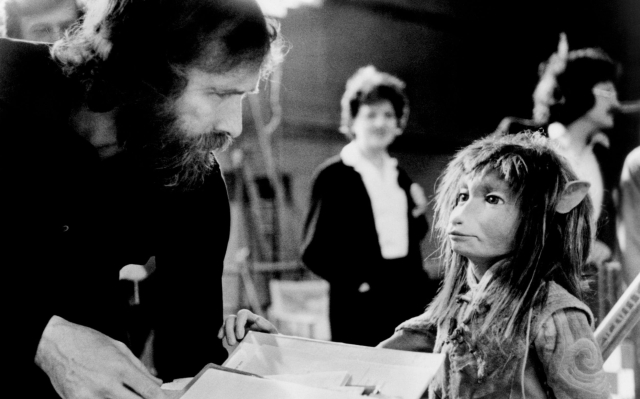 Jim Henson on set with Jen doll. Photo: Alamy
Jim Henson on set with Jen doll. Photo: Alamy
Disney used the word «animatronics». to describe their mechanical Disneyworld characters, but is now synonymous with the Dark Crystal and Yoda from Star Wars released five years before Henson's film. Billed as the first feature film without humans, The Dark Crystal was a big moment for puppeteers.
“Doing it on the scale of a feature film… it’s funny and wonderful. It's absolutely crazy,” says Louise Gold, who runs SkekAyuk, Skeksis foodie. “We realized we were doing something unprecedented,” says Dave Goltz, who plays the Skeksis SkekUng. “All factories were built; every thing has been designed; every stone, every stone; mud was brought in to provide the ground that the characters walked on. It was just an amazingly comprehensive production.”
One of the particular challenges was hiding all the puppets' moving parts of the camera,” says Stephenson. «There were loads of people wedged in different angles, under the stage, along the edges of the stage, tugging and pushing levers and pulleys, making these creatures work.» Skeksis presented a particular problem. Tim Rose was inside one of them. When you put on the suit, it says, «You usually lived in it for a few hours.»
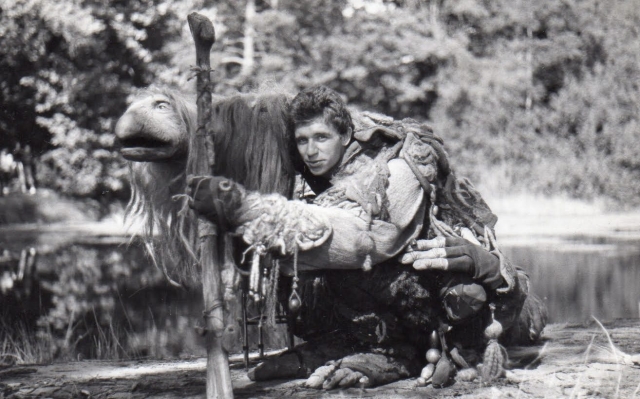 Duncan Kenworthy in Mystique Credit: Duncan Kenworthy
Duncan Kenworthy in Mystique Credit: Duncan Kenworthy
The Skeksis performers are each four foot six inches tall the chest had a monitor so they could see what the stage looked like from the outside, and the main performer could hear Oz and Henson through a hearing aid that had been modified to become a radio.
Almost all dolls are left-handed. This is because the puppeteer will tend to control the puppet's left arm with his dominant right hand and the puppet's head with his left. By chance, both Rose and Gold were left-handed and therefore controlled their Skeksis' right hands. There will also be someone to operate the eyes of every Skeksis.
“It was hot, it was uncomfortable,” Gold says. “In those days, everything was wired; I thought: «If something catches fire, we will die, because we will not leave here in a hurry.» Between takes, according to Rose, some of the puppeteers suffered from sensory deprivation. «You stayed there in the dark for so long that half of the Skeksis could move and the other half couldn't.»
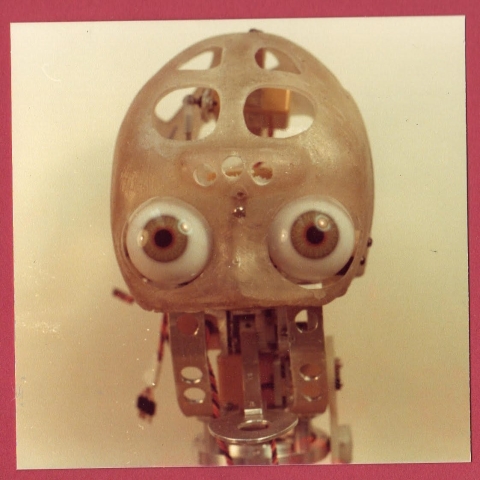 Jen without skin. Courtesy of Tim Rose.
Jen without skin. Courtesy of Tim Rose.
The film was unusual from a puppet point of view: unlike The Muppets, the voices were given after filming, and not live. Lisa Maxwell was 17 at the time and voiced Kira. She had never voiced before and didn't know what lip syncing was. “At the time, I just thought it was really weird,” she says of the film. «As a kid, I wouldn't have liked that.»
She explains that not enough dialogue was written to cover the action on screen, so she just made up a few words to say to Kira. As a child, she often went on vacation to Spain, so she learned a little of the language. “A lot of what became the Tra language was just bits and pieces of Spanish that I learned while going on vacation to Torremolinos and places like that.”
There is a well-known story on the topic of language, the authenticity of which is confirmed by Kenworthy. Henson wanted at least some of the film's characters to speak in made-up languages, so Kenworthy suggested seeking help from the man he considered Britain's greatest children's writer: Alan Garner. According to him, one of the greatest days of Kenworthy's life was a train ride with Henson and executive producer Gary Kurtz to Garner's home, a medieval building in Cheshire called Toad Hall. ;.
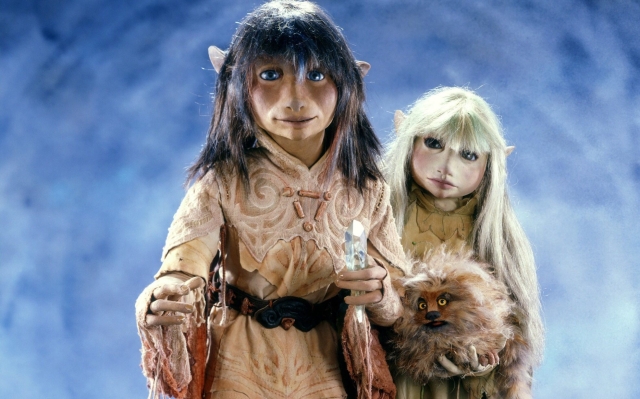 Jen and Kira. Credit: Allstar Picture Library
Jen and Kira. Credit: Allstar Picture Library
The house was full of fossils, and Garner was even more erudite than Kenworthy had expected. (Among the languages he came up with for the film are Latin and Greek.) Kenworthy reads me a letter from Garner, written on May 23, 1981, that accompanies a script in which Garner completely rewrote the film's dialogue. He also attached a cassette with the pronunciation of all non-English words to the letter. The translation of one of his lines reads: “Respect to you; I have come to revive you in this flesh of yours'; to which the answer is: “Let this body of mine not pass; even I am whole, like my father, he is not decaying.'
When the test audience was shown the version with invented languages, they found the combination of subtitles and fantasy unnecessarily complicated. Thus, Garner's entire linguistic work was scrapped.
These test audiences weren't the only ones who struggled with the film in its early stages. Oz recalls the first time he showed the film to the studio management. “It was something that Jim and I and hundreds of people have been working on for so long. And after the movie ended, the executives got up and left. Didn't say anything. Didn't say anything. They probably didn't know what to do with it. Perhaps it was at this show that the Skeksis had their own language, and it probably confused them the hell out.
To finance the film's release, Henson had to buy the rights to the film from Robert Holmes Court, South Africa's first billionaire. Court bought ITC Entertainment from one of the film's executive producers, Lew Grade, and feared the film would flop. As Rose points out, Universal was making three other films at the time, and he can't remember any of them now. «From what I understand, it wasn't a failure.»
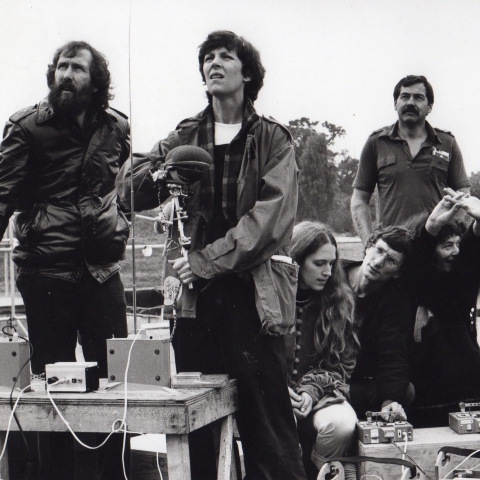 Jim Henson (left) on the Dark Crystal set
Jim Henson (left) on the Dark Crystal set
However, from an artistic point of view, even those who were closely associated with the film are not too enthusiastic about the finished product. «You can't hide the fact that it's not a very good film — it's terrible, I put two years of my passion into it,» says Kenworthy. “It's just not good. It's just not a very good movie.» When he saw it recently, he thought that the orchestral score written by Trevor Jones was «the only thing to grab onto» when looking for something positive to say.
Jones, however, tells me that the music has failed. To make the film more economical, Gary Kurtz cut the film after the music had been recorded. This meant that the music became «completely torn apart» at Jones' in words, «because there was no thought of the continuity that music provided.» He says The Dark Crystal is a bittersweet memory. I ask him if he has made his feelings known to anyone. “Ralph, you are the first person I have ever spoken to or discussed this with,” he says.
How could this flawed masterpiece be improved? Stevenson believes that the two protagonists of the Gelflings may not have been puppets, but «two beautiful children». Oz thinks that would be a terrible mistake. One thing that could make them more attractive, he says, would be if they were less human and more like pods. Gold, who believes the film «doesn't quite work,» however, noticed its influence when she watched Avatar. The Netflix series, for which Froud once again created all creatures, is in some ways more successful than the film, Goltz says: things are going better.»
Opinions are unanimous about working with Henson. “He was a genius,” says Kenworthy. «The only person I have ever met, I would call a genius.» At Henson's funeral, Oz called him «a great connoisseur». “He made mistakes without reproach; he agreed and asked for true cooperation; he really listened; he never raised his voice, of course; and treated everyone with respect. You have the qualities of a very unusual person.”
Gold says, “Jim just loved watching people do what they did and encourage it and stand up for it. He enjoyed his work.» Another point of view comes from Lisa Maxwell: “Hearing Jim speak was like directing Kermit the Frog. It took a little getting used to.”
Those involved in the making of the film are finding that decades after its release, its popularity is as strong as ever. «The Dark Crystal appears all the time,» says art director Terry Ackland-Snow. «I must say there is a lot of interest.» Maxwell, who currently tours with Calendar Girls The Musical, says people always come to the stage with memorabilia for her to sign. His influence is enormous. «If Jim hadn't given me that opportunity, I'd still be a puppeteer,» says Oz, who has directed films such as Rough Scoundrels and Death at a Funeral.
After that as the difficult filming process ended. and the film was released, Trevor Jones was waiting with Jim Henson at the Atlanta airport. Henson turned to Jones and asked, «What do we do next?» Jones, referring to The Dark Crystal's music, said, «Well, I've been writing this big orchestral music for so long…wouldn't it be fun to make music for rock?» Thus began the Labyrinth and a whole new world of fascinating dolls.







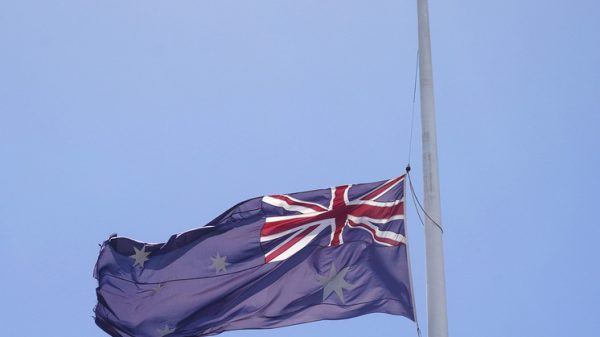

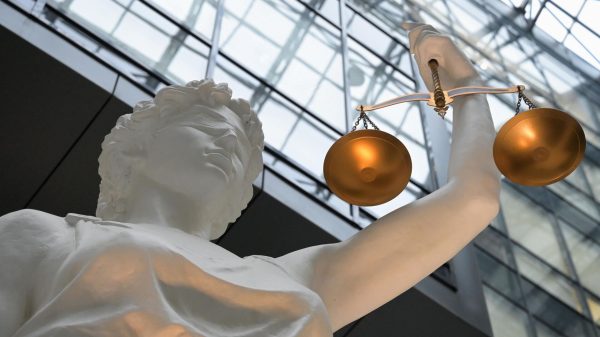



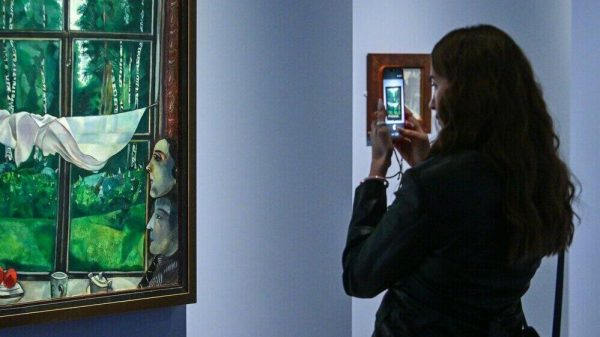

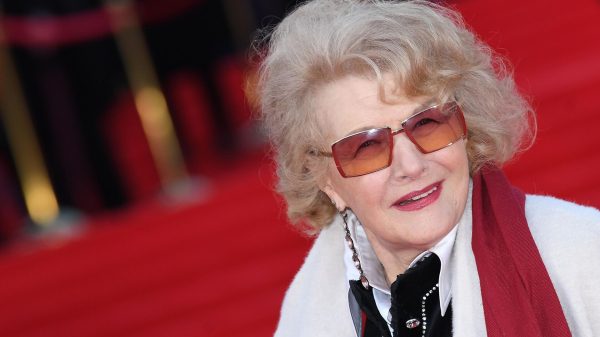
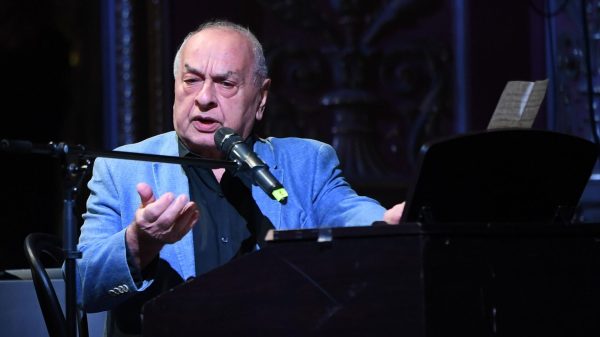



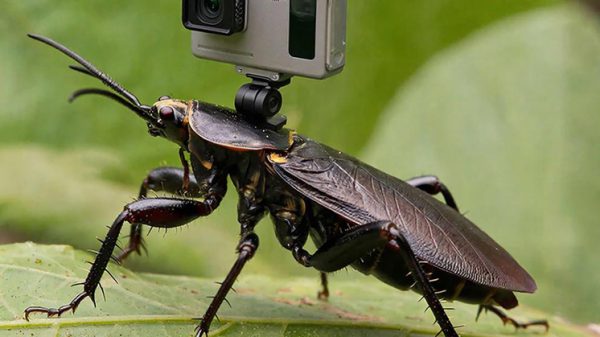










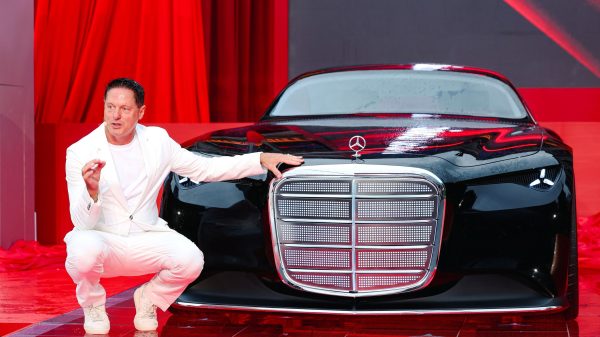





















Свежие комментарии